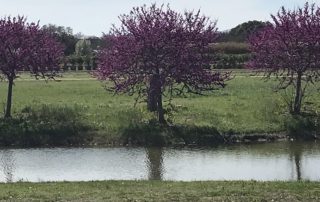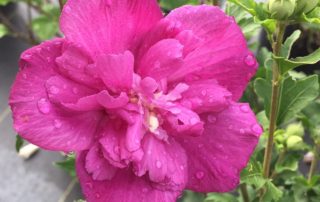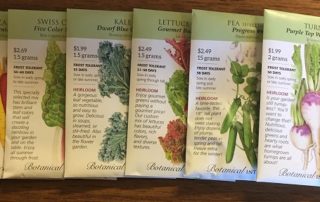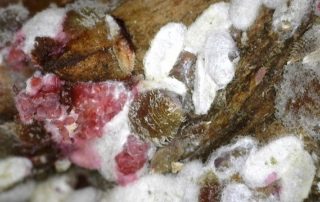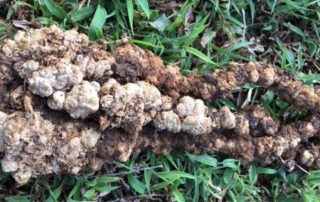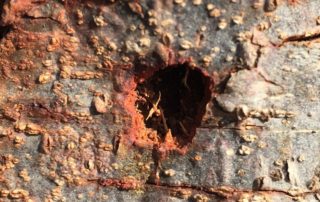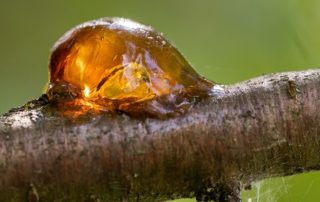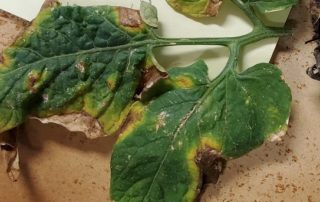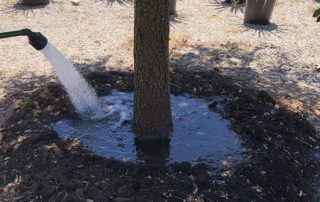Moving Houseplants Inside in the Winter
Most houseplants are from tropical locales where cold temperatures are rare and temperatures average 72°F. Although they do well in our yards during the summer, they will need to be moved inside before temperatures reach the 40’s to 50’s at night. Ideally, if your plants are in sun or part sun outside, such as Bougainvillea or Tropical Hibiscus, they would benefit from being moved to light shade for a week or so before transitioning them to the indoors. This will cut down on the stress that causes their leaves to [...]


